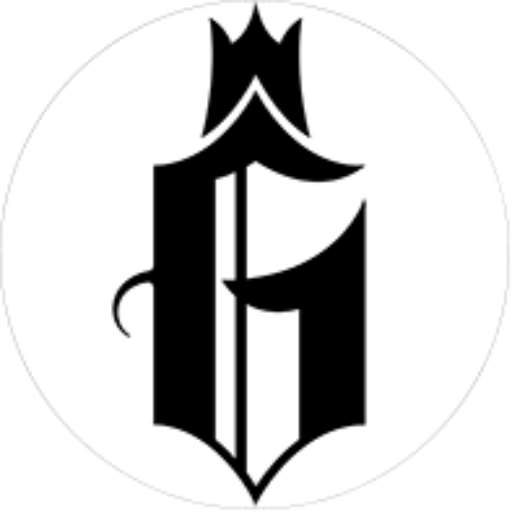Tattoo flash refers to the pre-drawn designs or templates that tattoo artists often have on display in their studios for clients to choose from. These designs can vary widely in style, theme, and complexity, catering to the diverse tastes of tattoo enthusiasts.
In the beginning tattoo flashes were pretty simple. The drawings and paintings were on display with pricing on the tattoo shop walls. This tattoo flash, called “production flash” is tattoo art that could be done quickly and at a price point that clients were comfortable with paying for a walk in tattoo. This type of flash is the original tattoo shop method of displaying designs to clients.
Tattoo flash in the last few years has changed a bit. Back when the internet was becoming more accessible and people had search functionality on their phones people started bringing in the ideas that they wanted to get already picked out on their phone just saved from various sources. Google, pinterest, deviant art, you name it. The internet was the public’s very own flash finding machine. That was the beginning of the “Pinterest Tattoo” era. The joke being, that the tattoos were similar to tattoos that you would find on pinterest, or a pinterest board. They were usually generic, or overdone concepts that appealed to people of various ages.
When this shift of how clients got their ideas happened many tattoo artists stopped making flash specifically for tattoos as often it became more common for the client to already have ideas in mind. Now the biggest hurdle is how to change the design to make it a little different, so that you’re not copying someone else’s tattoo or artwork.
Most of the concepts within tattoo flash, both emotionally and symbolically classically speak to a wide variety of clients. So while the style, and which concepts are popular may change year to year, the subject matter still speaks to people in newer decades because symbols are a shared human experience. That was the point of flash, to create tattoo flash designs that would speak to the widest demographic possible because that’s how you would increase the chance of making a sale from the people that walk in and out of your tattoo shop. You had to catch their eye, not just with shapes, but with the idea behind it.
Nowadays there’s a lot of artists making different kinds of flash, in that they are specifying the usability of flash designs.
What are One-Off tattoo designs? – This is when a tattoo artist specifies this, it means that they only mean to do the design one time, for one client, then they plan on retiring the design. This is like a custom design, only, instead of giving all your details to your tattoo artist and having them make a design for you, you go to them because they already have a special design that speaks to you.
What is Repeatable Tattoo Flash? – These days, a lot of the newer flash is super simple, blackwork or linework. It’s very generic and not too fancy. It appeals to a wide audience and there’s very rarely anything unique about it. Common themes are popular symbols and popular culture. Repeatable flash is essentially the same as Production Flash. It’s the exact same thing, the stuff made today is just simpler, sometimes ripped off of cartoons and usually digitally made.
Some artists do a variation of the one-off tattoo design, where they tattoo a design once in color and once in black and grey.
And then there are tattoo flash paintings. These aren’t typically made for any specific spot on the body. They are just to showcase the tattoo art in a pleasing way and start a conversation. These are great for starting conversations about how to turn a dragon or a tiger into a sleeve or back piece.
Finding tattoo artists that paint their own flash is pretty rare these days, but most artists who are into traditional tattoos swear by it as the best way to perfect the craft. I still practice drawing my own tattoo flash and painting it whenever I can. It is time consuming, but it is really satisfying to have a real, tangible painting in hand and a whole bunch of designs. I am not very interested in digital tattoo flash. I feel like it looks pretty cheap, and that the process of making it doesn’t teach you what painting teaches you about art. There are things I can do with my hands and arms that I can do in painting, that can’t be done on the Ipad in procreate that translate directly to tattooing, so I swear by tattoo flash as an important part of any tattoo artist’s skillset.

